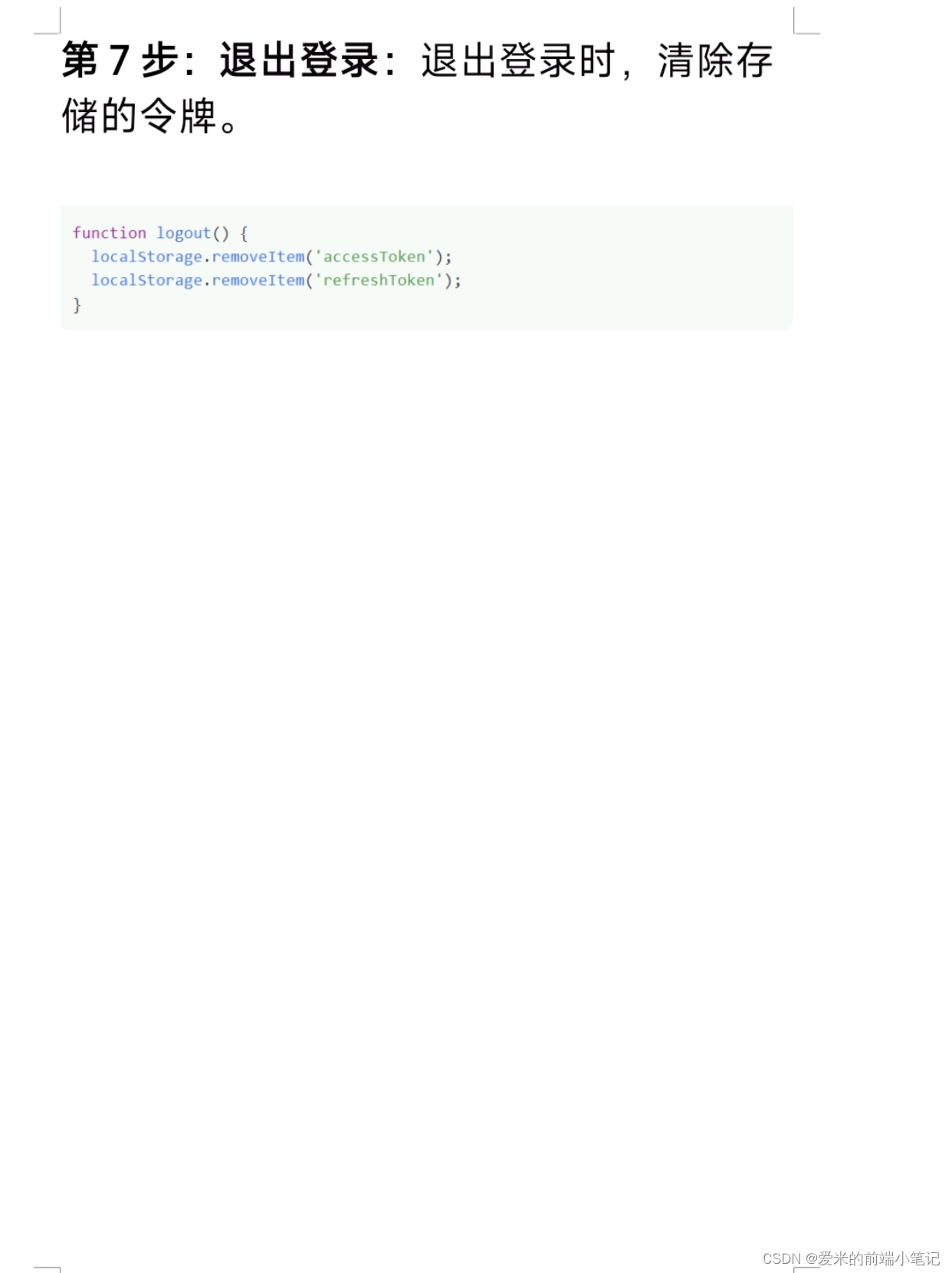文章目录
- 0、背景
- 1、总览
- 2、更新及变化
- 2.1 抗震
- 2.2 地基基础
- 2.3 防火
0、背景
本篇文章来自微信公众号土木吧,原作者李立昌(北京鑫美格工程设计有限公司)。对原文感兴趣的可以点击这里。
新的欧标滚滚而来,提前做好准备很有必要。为了防止这些资料遗失,讲这些内容记录于此。感谢原作者的公开分享。本文相对原文做了部分改动。
1、总览
即将于2027年9月在欧盟34国正式执行的第二代欧洲结构设计标准已于2023年开始陆续发布了,第一代欧标将于2028年3月30日全部废止。为方便有关人员了解第二代欧标,现简要介绍如下。
第二代欧洲结构设计标准由以下10个部分组成,此外还要新增加有关玻璃结构设计标准。除EN 1990为单一本的标准外,其他部分都由多本子标准构成,如EN 1991就由恒荷载、活荷载、风作用等9本子标准组成。
-
EN 1990 Eurocode - Basis of structural and geotechnical design;(结构与地基设计准则)
-
EN 1991 Eurocode 1: Actions on structures; (结构作用)
-
EN 1992 Eurocode 2: Design of concrete structures; (混凝土结构设计)
-
EN 1993 Eurocode 3: Design of steel structures; (钢结构设计)
-
EN 1994 Eurocode 4: Design of composite steel and concrete structures; (组合结构设计)
-
EN 1995 Eurocode 5: Design of timber structures; (木结构设计)
-
EN 1996 Eurocode 6: Design of masonry structures;(砌体结构设计)
-
EN 1997 Eurocode 7: Geotechnical design;(地基设计)
-
EN 1998 Eurocode 8: Design of structures for earthquake resistance; (结构抗震设计)
-
EN 1999 Eurocode 9: Design of aluminum structures. (铝结构设计)
第二代欧洲结构标准既适用于房屋建筑、一般土木工程如桥梁、地基等的设计,也适用于既有建筑的评估、改造等。
2、更新及变化
第二代欧标的编写格式及书写语言与第一代欧标相比有很大的变化,采用了shall(应)、should(宜)、may(可)、can(可能)等来区分对标准条文的不同要求。而第一代欧标采用Principles(原则要求,强制性)或Application Rules(应用规定,可选择性)来区分强制性和可选择性,使用起来不很方便。shall、should、may、can的具体定义如下:
- The verb “shall” expresses a requirement strictly to be followed and from which no deviation is permit in order to comply with the Eurocodes.
- The verb “should” expresses a highly recommended choice or course of action. Subject to national regulation and/or any relevant contractual provisions, alternative approaches could be used/adopted where technically justified.
- The verb “may” expresses a course of action permissible within the limits of the Eurocodes.
- The verb “can” expresses possibility and capability; it is used for statements of fact and clarification of concepts.
第二代欧标规定设计开始时每个结构都要按其损坏后对人的生命危害程度和财产损失大小划分为5个重要性等级,从最低CC0到最高CC4,EN 1990表A.1.1有各个等级的举例。EN 1990明确规定本套欧标仅适用于CC1、CC2、CC3这三类结构,而CC0(简易结构)、CC4(核电站、大坝等)仅可参考使用。
不同重要性等级结构的可靠指标(
β
β
β)及50年失效概率(
P
f
.
50
P_{f.50}
Pf.50)见下表:

设计工况(design situations)是指每个结构在设计使用期内可能遇到的各种不同作用组合的情况,第二代欧标将设计工况分为5类,见下表,不同的工况采用不同的作用组合、不同的作用分项系数。

2.1 抗震
第二代欧洲结构抗震标准依然与我国一样,单独编写,由EN 1998系列组成。EN 1998-1-1(General rules and seismic action)为设计原则及地震作用,其他还有5本,分别为:
-
EN 1998-1-2 contains specific provisions relevant to buildings; (建筑物抗震设计)
-
EN 1998-2 contains specific provisions relevant to bridges; (桥梁抗震设计)
-
EN 1998-3 contains provisions for the seismic assessment and retrofitting of existing buildings and bridges;(既有建筑、桥梁抗震评估及改造)
-
EN 1998-4 contains specific provisions relevant to silos, tanks, pipelines, towers, masts and chimneys;(料仓、储罐、管线、塔桅、烟囱等抗震设计)
-
EN 1998-5 contains specific provisions relevant to foundations, retaining structures and geotechnical aspects.(地基及基础、挡土墙抗震设计)
第二代欧标抗震部分与原标准有较大变化,设计时根据不同的需要采用4种不同的地震作用极限状态(LS),具体如下:
-
严重损坏(SD)极限状态:LS of Significant Damage (SD) shall be defined as one in which the structure is significantly damaged, possibly with moderate permanent drifts, but retains its vertical loadbearing capacity; ancillary components, where present, are damaged (e.g. partitions and infills have not yet failed out-of-plane). The structure is expected to be repairable but, in some cases, it may" be uneconomic to repair.
-
有限损坏(DL)极限状态:LS of Damage Limitation (DL) shall be defined as one in which the structure is only slightly damaged and economic to repair, with negligible permanent drifts, undiminished ability to withstand future earthquakes and structural members retaining their full strength with a limited decrease in stiffness; ancillary components, where present, exhibit only minor damage that can be economically repaired (e.g. partitions and infills may show distributed cracking).
-
正常操作(OP)极限状态:Fully Operational LS (OP) shall be defined as one in which the structure is only slightly damaged and economic to repair, allowing continuous operation of systems hosted by the structure.
-
接近倒塌(NC)极限状态:LS of near Collapse (NC) shall be defined as one in which the structure is heavily damaged, with large permanent drifts, but retains its vertical load bearing capacity; most ancillary components where present, have collapsed.
上述的NC与SD属于承载能力极限状态,而DL与OP属于正常使用极限状态。不同的结构根据其重要性等级、结构特点等采用不同的极限状态。地震作用按不同的极限状态、不同的重要性等级采用不同的重现期,见下表,而OP的重现期可根据有关部门或业主要求确定,无规定时也可采用与DL相同的重现期。

结构抗震分析可采用力法或位移法,这两种计算方法含义如下:
- The force-based approach, which employs a linear analysis that implicitly and approximately accounts for the overstrength and the non-linear response through a behavior factor.
- The displacement-based approach, which explicitly accounts for the structural non-linear response, may be implemented through a non-linear static analysis.
与美标相似,第二代欧标在采用线性分析计算地震作用时也采用了一个称为行为系数(behaviour factor)的除数来减小地震作用。行为系数的定义为:
behaviour factor —factor used for design purposes to reduce the forces obtained from a linear analysis, to account for the overstrength as well as for the non-linear response of a structure, associated with the material, the structural system and the design procedures.
2.2 地基基础
第二代欧标地基基础设计由EN 1997系列组成,包括地勘、基础设计、地基处理三部分,分别为:
EN 1997-1, Geotechnical design - Part 1: General rules;(总则)
EN 1997-2, Geotechnical design - Part 2: Ground properties;(场地特性)
EN 1997-3, Geotechnical design - Part 3: Geotechnical structures. (岩土结构物)
其中EN 1997-3的第11章和附录G专门用于地基处理问题。欧标将地基处理方法划分为两大类,即整体式处理法(Diffused ground improvement,也称为面式处理法)和离散式处理法(Discrete ground improvement, 也称为点式处理法),而每个类别又划分为两个子类,各子类的定义与做法见下表:

附录G 给出了各种处理方法的详细描述和执行标准。
2.3 防火
最后简要介绍一下第二代欧标关于结构防火设计的有关内容。
主要有3本标准与结构防火有关,它们分别是:
EN 1991-1-2, Actions on structures —Actions on structures exposed to fire;
EN 1992-1-2, Design of concrete structures —Structural fire design ;
EN 1993-1-2, Design of steel structures —Structural fire design.
当火灾发生时结构构件应根据防火规范要求必须满足下列三种功能中的其中一种:
- Loadbearing function(承载功能):loadbearing capacity ®;
- Separating function(分隔功能): integrity(E)(完整性)and, when requested, insulation (I)(隔热性);
- Separating and loadbearing functions(承载功能和分隔功能): R, E and, when requested, I.
三种功能具体定义为:
The loadbearing function is assumed to be satisfied when loadbearing capacity is maintained.
The separating function is assumed to be satisfied when integrity and when requested insulation are maintained.
Integrity function is assumed to be maintained when a separating element of building construction, exposed to fire on one side, prevents the passage through it of flames and hot gases and the occurrence of flames on the unexposed side.
Insulation function is assumed to be maintained when the average temperature rise over the whole of the non-exposed surface is limited to 140 K, and the maximum temperature rise at any point of that surface does not exceed 180 K.
耐火极限(fire resistance )定义为:
Ability of a structure, a part of a structure or a member to fulfil its required functions (loadbearing function and/or fire separating function) for a specified load level, for a specified fire exposure and for a specified period of time
上述三种功能(R,E,I)不是所有结构构件都要同时满足的。每个结构构件在火灾发生时不能失去承载能力(R),这是最基本的要求。而具有防火分隔功能的结构构件还必须同时要满足E、I功能,不具有分隔功能的结构构件当然就不需要E、I功能了。大多结构防火分析程序不具有E和I计算功能。EN 1993-1-2明确说明其各种分析方法不包括确定E、I功能,这与美标AISC 360是一致的。结构工程师要特别注意不是只计算了某构件火灾时的承载能力(R)就算完成了结构防火设计,而还要考虑此构件是否还应具有分隔功能(E、I)。另外欧标主要考虑两种火灾场景:普通火灾与烃类火灾。尽管对这两类火灾的耐火极限要求是一样的,但它们对结构的作用是不一样的,烃类火灾明显要高于普通火灾,因此无论是建筑物还是构筑物只要火灾场景是烃类火灾就要按烃类火灾进行设计。欧标结构防火设计方法主要有实验法、查表法、简化计算法、先进分析法等,设计人员可根据具体情况选择不同的防火设计方法。


















